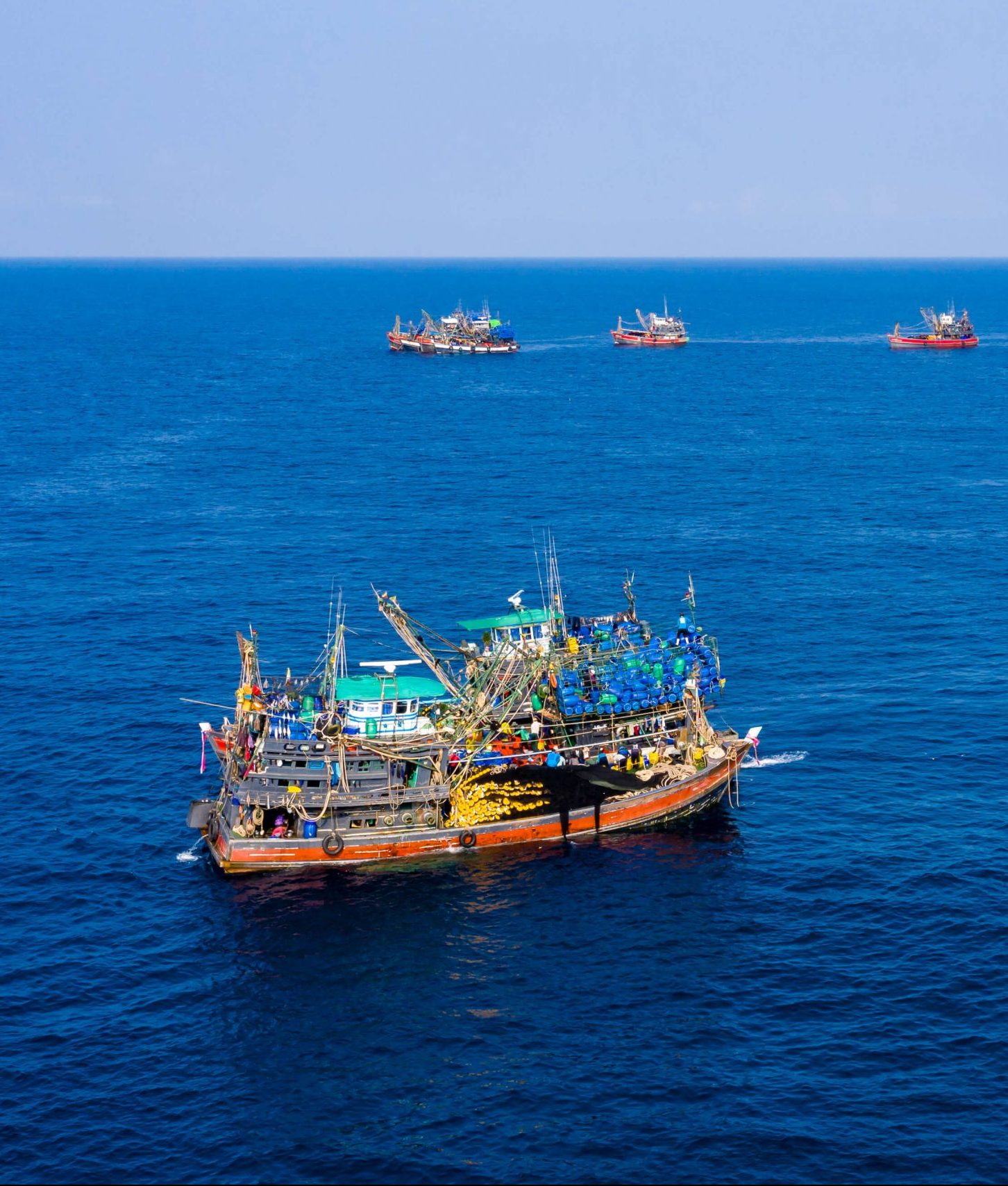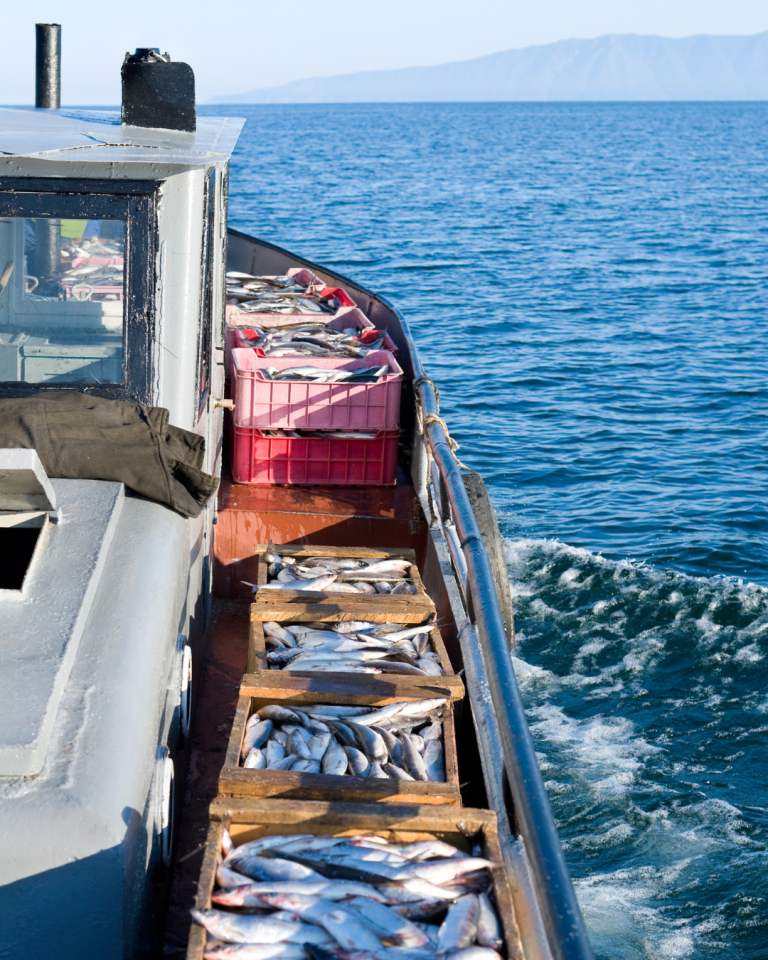Communicate
Disclose efforts internally and externally. Tell your story: share actions, progress, and challenges in order to be accountable and inspire others.

Communicate to key stakeholders about progress you’ve made against your policies and goals
Ensure transparent, tailored communication with all stakeholders to address human rights concerns and build trust
- Identify stakeholders affected by your organization’s operations, including employees, workers, local communities, and suppliers and tailor your communications to address their HRDD concerns.
- Keep employees informed about human rights initiatives and developments that may affect them with regular updates, which foster trust within your organization.
- Communicate regularly with suppliers and business partners regarding your human rights initiatives.
Understand the elements of successful communication
- Evaluate your company’s progress in meeting internal commitments, goals, and policies, before communicating about your HRDD activities. This evaluation will support continuous improvement and enable transparency with stakeholders.
- Refer to the commitments and policies you created earlier; include your company KPIs, time-bound goals, and timelines.
- Prepare to share your progress with internal teams, leadership, shareholders and investors, supply chain actors, and relevant workers/fishers that were affected, and those who participated in your efforts.
- Engage internal teams across departments to reflect on what worked and what needs to be improved.
- Highlight areas of progress alongside challenges; where possible, outline the steps your company is taking to address human rights issues.
- Frame the analysis in relation to your company’s human rights policies, commitments, goals, and values, ensuring that the information you are sharing is factual, honest, and contextualized.
- Include a description of future activities.
Tips
- Highlight both successes and challenges, where goals were not met; transparency builds credibility, reinforces your company’s commitment, and can inspire others.
- Use real examples and specific details (e.g., supplier improvements, pilot project results, grievance trends) in your narratives.
- Include stakeholder voices where you have permission to do so.
Example
Case Study: Hy-Vee Responsible Choice
Hy-Vee communicates publicly about its HRDD commitment and policies and procedures. It reports major accomplishments and provides a summary of its due diligence plan, certifications, collaboration initiatives, and policy advocacy. The company links relevant documents and organizations on its web page so that interested parties can learn more details about the program.
Publicly report your company’s efforts
Use different avenues of communication
- Consider avenues and frequencies you can use to share your activities, progress, and challenges, both internally and externally:
- Create a section on your company website that is focused on your sustainability and human rights commitments, summarizing risk areas, key lessons, actions, and progress.
- Distribute an annual report.
- Leverage social media to highlight timely activities or projects related to HRDD in your sourcing communities.
- Include progress reports in your regularly scheduled media (company newsletters, online promotional materials, or product displays).
- Share company accomplishments and challenges and bring attention to important risks and issues by speaking at conferences, in webinars, and in public interviews.
- Review Shift’s reporting on companies’ human rights disclosures
- Look at examples of company human rights reporting to reference content layout, style, and data disclosure.
- Manual on Monitoring Human Rights, chapter 13, “Human Rights Reporting” from UN
- Integrating the SDGs into Corporate Reporting: A Practical Guide from UN
- Guiding Principles Reporting Framework: Implementation Guidance from UN
Tips
- Be open about the challenges when communicating about your company’s efforts; speak about why those challenges exist and the steps you are taking to address them to the extent possible. Your audience will appreciate your authenticity.
- Ensure that you have informed consent when sharing workers’ or community members’ stories, and that workers can opt out of sharing at any point. These stories should confer dignity and respect and avoid sensationalizing workers’ experiences.
- Make featured content, policies, and reports easily accessible on your company website and other platforms. Add a section or page to your website that outlines your commitments and actions toward human and labor rights, for example.
- Publish human rights policies, strategies, and reports in languages relevant to the country of operation.
Example
Case Study: Thai Union
Thai Union took steps to address recruitment challenges in its supply chain and publicly shared the steps it was taking. On its website, the company highlighted the urgent need for safe and legal recruitment of migrant workers to prevent exploitation and ensure fair working conditions. Key points include:
- Migrant workers must be hired through fair, transparent, and legal channels to protect them from debt bondage and exploitation.
- Employers, not workers, should bear recruitment costs to prevent debt-induced vulnerabilities.
- Employers must ensure fair wages, safe working conditions, and access to grievance mechanisms.
- Employers must protect workers’ rights to join unions and collectively bargain.
- Governments, businesses, and civil society must work together to enforce ethical recruitment standards and eliminate forced labor.
Report on actions taken to address critical or zero-tolerance human rights violations in your supply chain
Communicate proactively around egregious or zero-tolerance issues
- Public reporting is not just a reputational tool—it is a form of accountability to workers, consumers, investors, and civil society.
- For high-risk and zero-tolerance issues like forced labor, child labor, and violence or coercion, silence can be interpreted as avoidance.
- Stakeholders increasingly expect companies to acknowledge risks, outline their approach to mitigation, and report on outcomes, whether successful or not.
- Communicate the process that your company is going to take when human rights issues are found; include specific procedures, steps, and timelines for sourcing decisions.
- Every problem does not need to be solved before you communicate about it, but you should demonstrate transparency in the problem-solving process by:
- Communicating examples (like pilot programs, investigations, and remediation plans) of implementing your HRDD process in the supply chain.
- Providing access to your policy documents, implementation updates, and remediation examples in a clear, accessible format.
- When dealing with zero-tolerance violations, public communication should
- Acknowledge the seriousness of the issue.
- Describe the steps taken to verify the concern.
- Explain the company’s immediate and longer-term responses, including corrective action plans or terminated relationships.
- Detail how the company is working to prevent recurrence, such as through improved supplier screening, traceability, or worker engagement.
- Share this information in aggregate, anonymized, or case-study format if direct disclosure creates legal or safety risks.
Report instances of remediation
Provide transparency while meeting privacy needs by:
- Using an aggregate or anonymized approach when publicly reporting instances in which your company investigated and remediated or supported remediation of human rights and labor issues, including workplace grievances and recruitment fees.
- Prioritizing the safety and privacy of workers when communicating information related to investigation or remediation.
- Using annual reports, your website, or other public databases for this reporting.
Tips
- Report the process and response, not just the result, if a zero-tolerance issue is confirmed in your supply chain. Be candid about what you knew, when you knew it, and how you acted.
- Avoid overly curated language; communicate with humility, clarity, and respect for those impacted.
- Reference credible third-party tools (e.g., the Social Responsibility Assessment Tool) when communicating verified remediation of zero-tolerance violations.
- Highlight worker-centered resolutions to violations, including how the direct harm was addressed, not just policy or procedure changes.
Example
Case Study: Coca-Cola
In its Human Rights: 2022 Overview, Coca-Cola highlighted issues it discovered and steps it was taking to improve:
“Our deep dive into the company’s sugar supply chain exposed the risk of child labor in eight of 21 published studies. We are using these findings to develop initiatives to address this risk holistically. For example, as part of the company’s efforts to eliminate child labor from our agricultural ingredient supply chain The Coca-Cola Company joined the Fair Labor Association (FLA)-led Harvesting the Future (HTF) project based in Turkey. Every summer for six to eight months, Turkey witnesses the migration of thousands of laborers, along with their families, to work on different crops. It is common for children to work alongside their families, at the great cost to their own development and lack of opportunities for their future life. The HTF project draws from a shared vision of partners to bring about large-scale change on child protection and responsible recruitment by pursuing a ‘multi-commodity, multi-company, multi-stakeholder approach.’”
Optimize Your Company’s Path

Retailers and Brands

Suppliers

Processors

